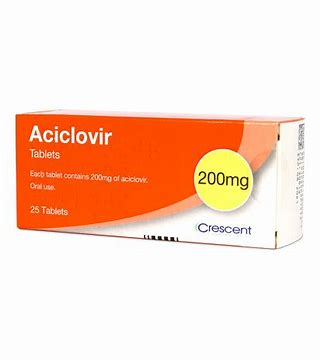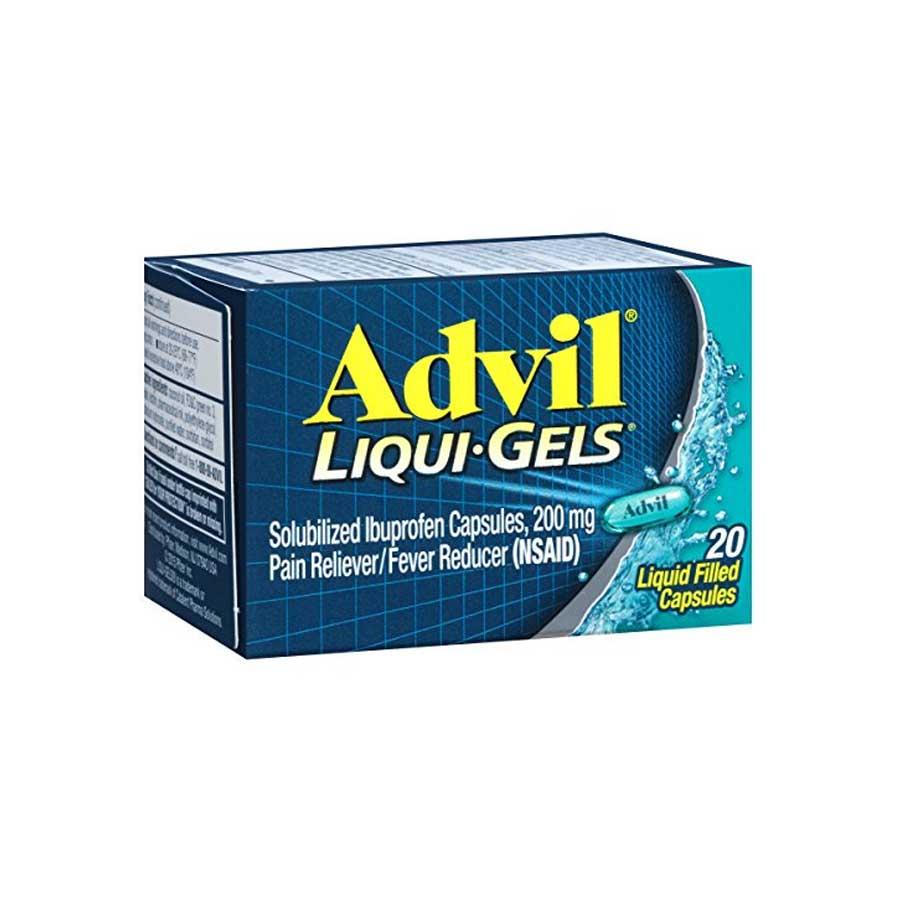8 Things I Wish People Knew About Shingles
Written by Carrie Stracke | Reviewed by Uche Ruth
Updated on June 22, 2024
Key Takeaways:
- Call or visit your healthcare provider immediately if you suspect you have shingles. The prescription medications that combat the virus are most effective if started within the first 24 hours of symptoms.
- Knowing whether you have shingles is the hardest part. The intense pain and discomfort often start before the painful bumps, rashes, or sores appear on one side of your body.
- Get plenty of rest, stay as comfortable as possible, and keep the sores clean to ease the intense burning, stinging, stabbing pain that accompanies shingles.
Table of Contents
Overview
By 2017, Lisa Marie Basile thought she understood pain. She had been diagnosed that year, in her mid-30s, with a form of inflammatory arthritis that causes swelling and discomfort in the hips, back, and spine.
But the sudden pain she felt one morning turned out to be shingles. She now describes the condition as the most pain she’s ever been in.
She wants others to know how important it is to seek immediate treatment for shingles and shingles-like symptoms — especially people who are young, healthy, and who might think they’re less susceptible to the virus.
Like others of all ages living with shingles, Lisa found the 6-week experience overwhelming and temporarily life-altering.
About shingles
Shingles is caused by the varicella-zoster virus (VZV) — the same virus that causes chickenpox. Once a person has chickenpox, the virus remains inactive in the body and can re-emerge at any time as shingles.
It is more common in older people and anyone with a weakened immune system. Lisa had been diagnosed several years earlier with ankylosing spondylitis (AS), a form of arthritis in which the body’s immune system attacks its own tissues.
She woke up one day in 2017 with what felt like a broken rib. Several hours later, two tiny red bumps appeared on her side. She emailed a photo of the bumps to her rheumatologist, who emailed back 5 minutes later, confirming shingles. The doctor urged Lisa to start taking Valtrex — an antiviral prescription medicine — that day. And she did.
Still, within 3 days, Lisa’s painful rash had spread across her rib cage to her back, making it nearly impossible to work from home, concentrate, and sleep.
“For sure, it was the most pain I’ve ever been in,” recalls Lisa, 37, of Brooklyn. “The shocks of it would sometimes disappear completely, as if I didn’t even have shingles. Other times, it was an immense nerve pain from out of nowhere that would last for minutes.
“Sometimes it was shooting bursts of pain for an hour,” she says. “No one my age, no one I knew had experienced shingles before, so I had no one to talk to.”
Treatment
She advises people to pay attention to their symptoms and follow these tips:
1. Call or visit your healthcare provider immediately
Seek medical help at the first sign of symptoms — even if you’re not sure that it’s shingles. Once you have a diagnosis, your provider may have you take an antiviral drug such as Valtrex as soon as possible. Lisa took it 3 times a day for 10 days.
2. Take prescribed or OTC pain relievers
Use over-the-counter pain relievers (such as Advil or Tylenol) to ease the stinging, burning, and itching symptoms and to keep fevers under control. Lisa also was prescribed Gabapentin for nerve pain but had to quit taking it because of unwanted side effects. Common side effects include dizziness, drowsiness, unsteadiness, and difficulty speaking.
3. Boost your immune system
Consider vitamins and minerals that can boost the body’s immune system and support wound healing. Lisa took vitamin C supplements regularly throughout her bout of shingles. According to the National Institutes of Health, vitamin C helps protect cells from damage, promotes wound healing, and helps the body fight infection.
4. Protect/cleanse your rash
Wear lightweight, loose-fitting clothing on the area of the rash and keep it clean. Lisa found that even the slightest irritation, rub, or physical contact could intensify her pain — so could sweat.
She advises others with shingles to wear clothing that allows the skin to breathe and the rash to dry out and heal.
The CDC further advises: “If you have shingles, direct contact with the fluid from your rash blisters can spread VZV to people who have never had chickenpox or never received the chickenpox vaccine. If they get infected, they will develop chickenpox, not shingles. They could then develop shingles later in life.”
Lisa applied a mixture of tea-tree oil mixed with water and witch hazel several times a day, and also applied a light coating of manuka honey after cleansing her rash, based on 2007 FDA approval for wound dressing. She’d wipe off the honey after a couple of hours.
5. Listen to your body
If anything irritates or worsens the pain of shingles, avoid the cause until your symptoms ease. Lisa avoided hot-water showers during the worst parts of her outbreak because the pain was so intense. Other people might have to sleep on only the side of the body without the rash, for example, or avoid bras with back clasps/hooks until the sores disappear.
6. Sleep to help your body recover
Get lots of sleep. Remember that you’re also fighting a viral infection. Sleep can help your body recover while also keeping your mind off the intense pain. “By the first week, I was super sick and tired, sleeping all the time. Every day felt like a blur,” Lisa recalls. “It was like having the flu but without any of the congestion.”
7. Explore pain management techniques
Lisa relied on deep-breathing and mindfulness techniques to manage intense bursts of pain. “Even though it seems as though you cannot handle the pain or that you just can’t take any more pain, it is temporary, and you can get through it,” she reassures.
8. Do what you enjoy to ease your pain
“Distract yourself by listening to your favorite music, watching your favorite TV shows, or reading a really good book,” Lisa suggests. “Just breathe through those tidal waves of pain. I’m sure every bout of shingles is different, but I remember how all-consuming it was.”
After about 2 weeks of the shingles rash and a week of intense pain, Lisa was finally able to return to her normal activities and routine. Her message is simple: Most people never suspect they’ll get shingles, but once they’ve endured it, they wish they had sought medical attention sooner. Educate yourself now, know what to look for, and be ready to call or visit your healthcare provider at the first sign of symptoms to avoid a long, painful recovery.
Medications & Collections
These drugs are vital for controlling and improving the health of individuals with this condition. They include both preventive and symptomatic treatments.

Acyclovir 200mg
₦6,300

Nurofen 400mg
₦3,750

Advil Gel 200MG
₦79
